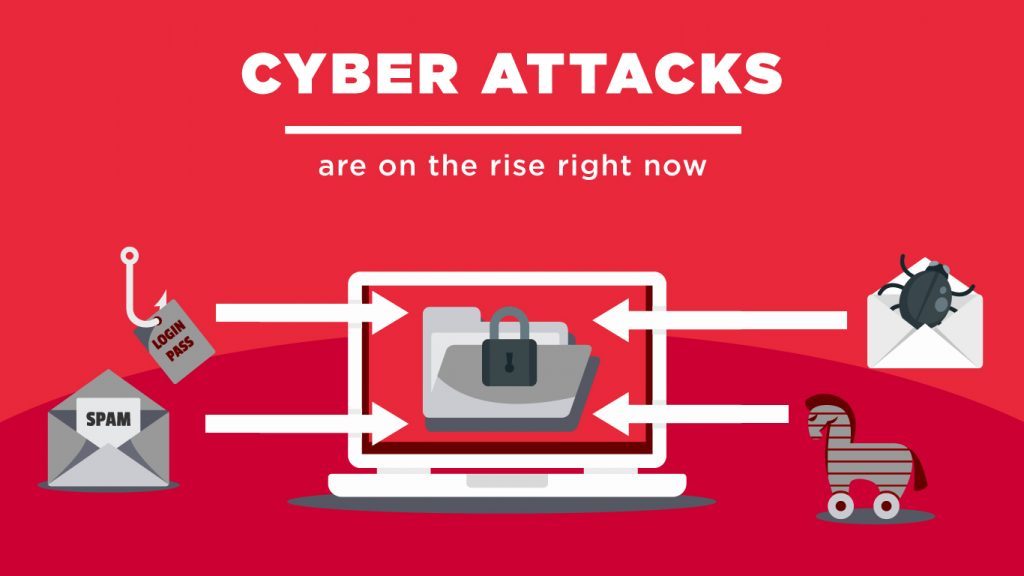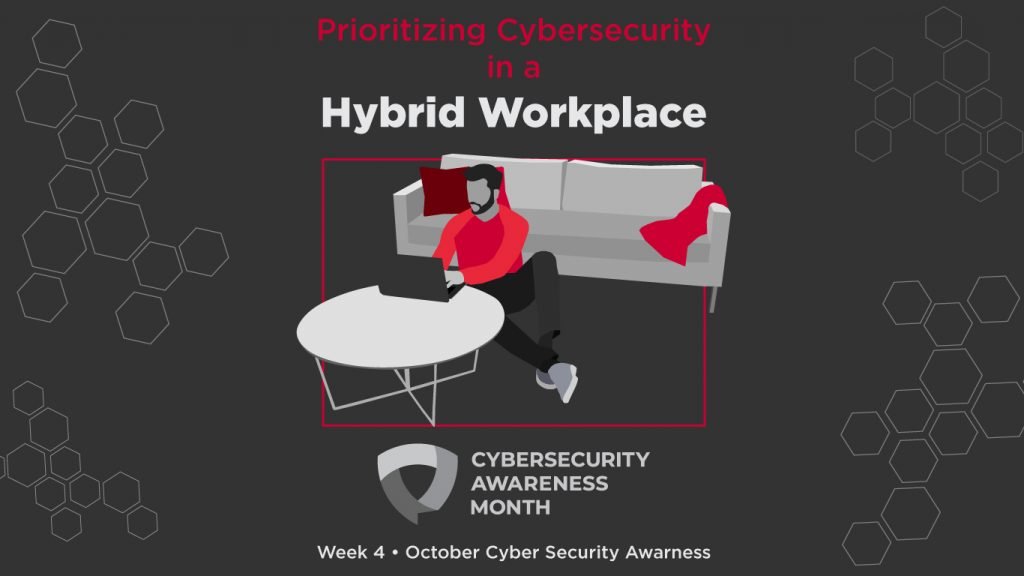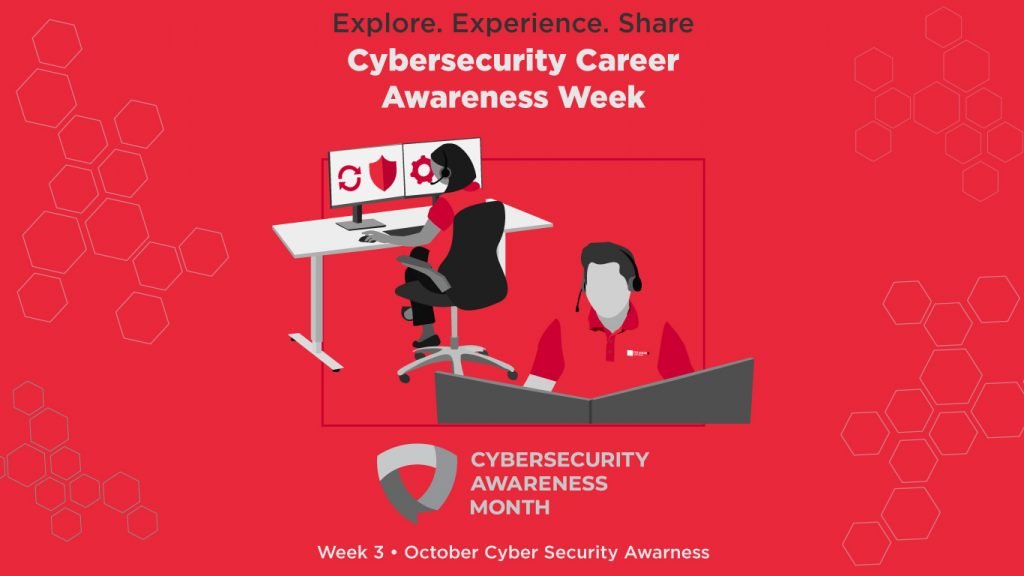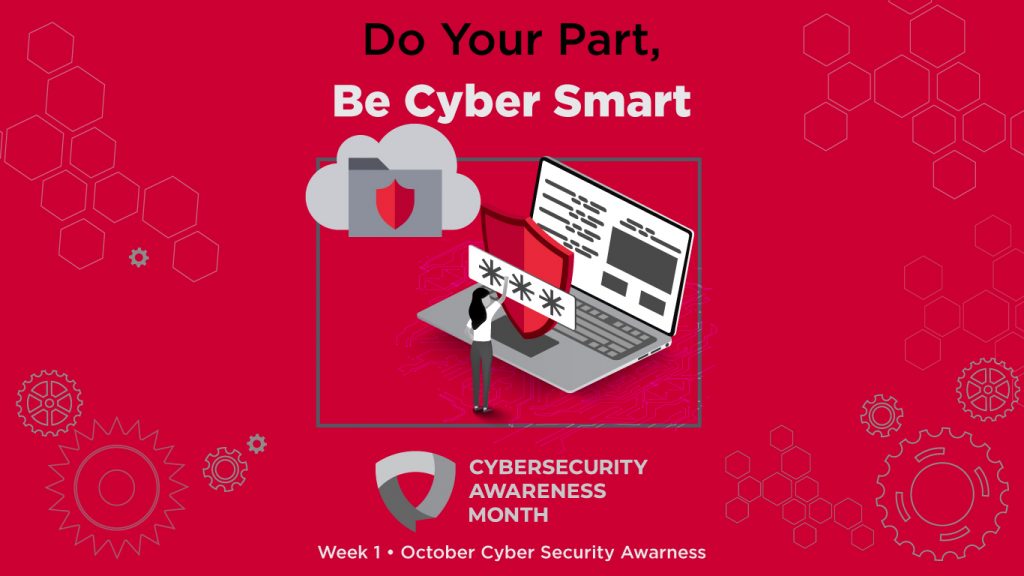According to IBM, the average time it takes to identify that a breach has occurred is 287 days, with the average time to contain a breach clocking in at 80 days. And with 81% of businesses experiencing a cyberattack during COVID, it is essential that individuals are familiar with the anatomy of a data breach so that they can keep their data, as well as their colleague’s and customers’ data, safe.
With that in mind, here is some helpful background on what data breaches are and why they are so problematic.[/cz_title]
What is a data breach?
While it may seem like a complex concept, once the jargon is removed, a data breach is straightforward to explain. According to Trend Micro, a data breach is “an incident where information is stolen or taken from a system without the knowledge or authorization of the system’s owner.” And while data breaches can be the result of a system or human error, a vast majority of data breaches are the result of cyber-attacks, where a cybercriminal gains unlawful access to sensitive system data. In fact, 92% of the data breaches in Q1 2022 were the result of cyberattacks.
What kind of data can be breached?
Unfortunately, cybercriminals look to get their hands on any information that they possibly can ranging from more obvious sensitive information such as social security numbers and credit card information to more obscure data like past purchase history.
What are some of the tactics used to execute data breaches?
Cybercrime is getting more sophisticated each day. However, cyberattack tactics do not have to be cutting-edge or advanced to be very effective. Here are a few examples of popular tactics used by cybercriminals:[/cz_title]
How to spot a possible breach?
The best way to stop a data breach is to stop it before it even starts. This includes taking steps from making sure passwords are long and complex to reporting suspicious emails. If you do suspect that you have been the victim of a breach, immediately contact your IT department or device provider to notify them and follow subsequent protocols to help them scan, detect, and remediate any issues that exist.[/cz_title]














